Expansion of IoT Applications
The enterprise vsat market in Europe is significantly influenced by the rapid expansion of Internet of Things (IoT) applications. As more devices become interconnected, the demand for reliable and high-speed data transmission increases. In fact, it is estimated that the number of IoT devices in Europe will reach 30 billion by 2025, creating a substantial need for robust communication solutions. VSAT technology offers the necessary bandwidth and coverage to support these applications, particularly in sectors such as smart agriculture and logistics. The integration of IoT with satellite communications is likely to enhance operational capabilities, thereby driving growth in the enterprise vsat market. This convergence of technologies presents a unique opportunity for service providers to cater to the evolving needs of enterprises.
Rising Need for Remote Operations
The enterprise vsat market in Europe is experiencing a notable surge in demand due to the increasing need for remote operations across various sectors. Industries such as oil and gas, maritime, and agriculture are increasingly relying on satellite communications to maintain connectivity in remote locations. This trend is underscored by the fact that approximately 60% of enterprises in these sectors have reported enhanced operational efficiency through the use of VSAT technology. The ability to provide reliable internet access in areas lacking terrestrial infrastructure is a key driver for the enterprise vsat market. As businesses seek to optimize their operations and ensure seamless communication, the reliance on satellite technology is expected to grow, thereby propelling the market forward.
Emergence of Hybrid Communication Solutions
The enterprise vsat market in Europe is witnessing a shift towards hybrid communication solutions that combine satellite and terrestrial networks. This trend is driven by the need for enhanced reliability and flexibility in communication systems. Enterprises are increasingly adopting hybrid models to optimize their connectivity, particularly in remote or underserved areas. The integration of VSAT technology with existing terrestrial networks allows for seamless data transmission and improved service quality. As businesses seek to enhance their operational capabilities, the enterprise vsat market is likely to benefit from this growing preference for hybrid solutions, which offer a more comprehensive approach to connectivity.
Growing Focus on Disaster Recovery Solutions
The enterprise vsat market in Europe is increasingly driven by the growing focus on disaster recovery solutions. Organizations are recognizing the importance of maintaining communication during emergencies, leading to a heightened demand for reliable satellite communication systems. VSAT technology provides a resilient solution that can be deployed quickly in disaster-stricken areas, ensuring continuity of operations. It is estimated that around 40% of enterprises are now prioritizing satellite communications as part of their disaster recovery plans. This trend is likely to bolster the enterprise vsat market, as businesses seek to mitigate risks associated with communication failures during critical situations.
Increased Investment in Satellite Infrastructure
Investment in satellite infrastructure is a critical driver for the enterprise vsat market in Europe. Governments and private entities are recognizing the importance of enhancing satellite capabilities to meet the growing demand for connectivity. Recent reports indicate that investments in satellite technology are projected to exceed €10 billion by 2027, focusing on expanding coverage and improving service quality. This influx of capital is likely to facilitate advancements in satellite technology, making it more accessible and efficient for enterprises. As infrastructure improves, the enterprise vsat market is expected to benefit from increased adoption rates, particularly among businesses seeking reliable communication solutions in challenging environments.



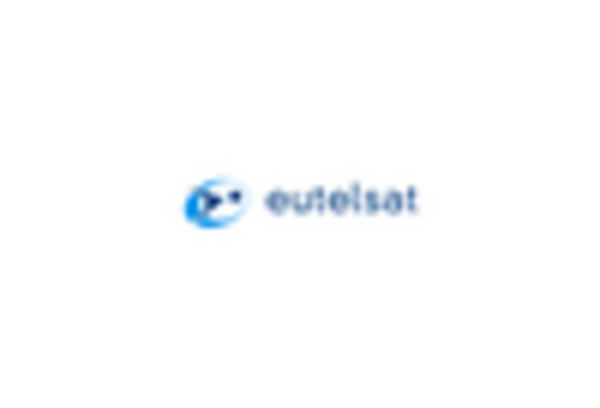
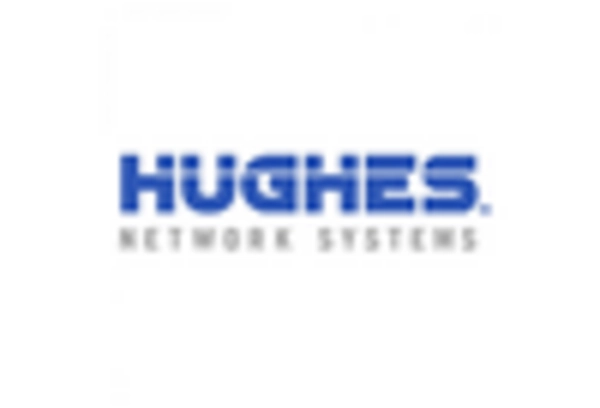

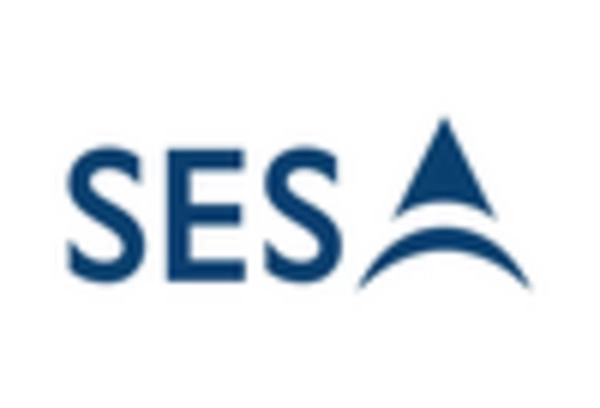
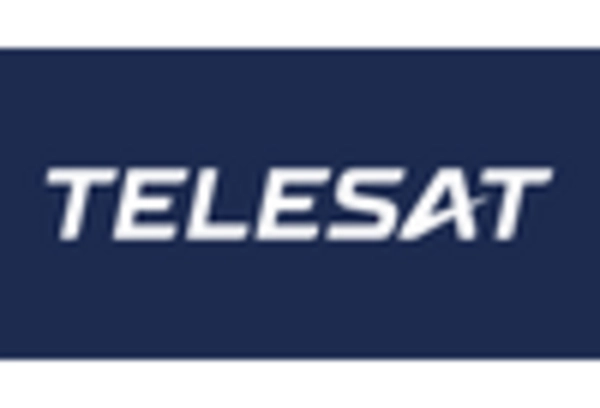
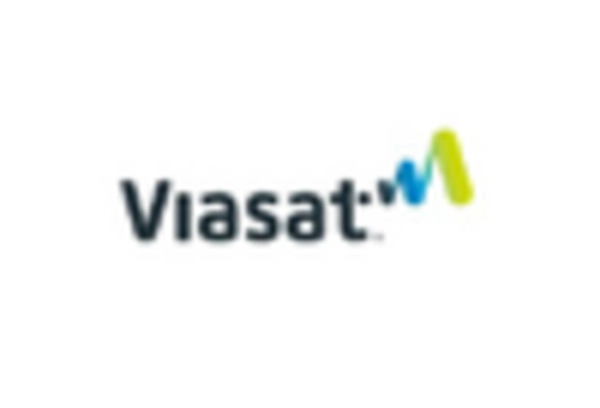








Leave a Comment